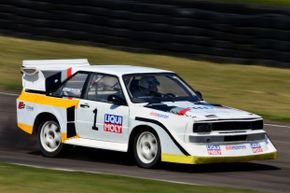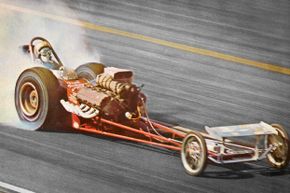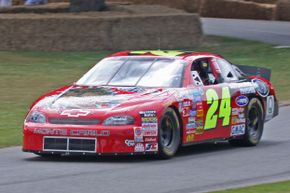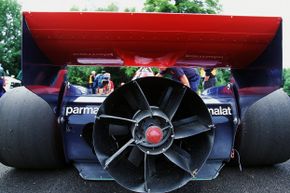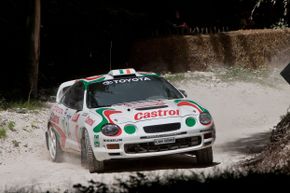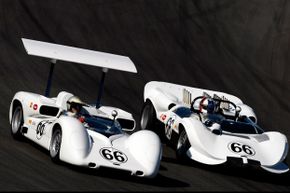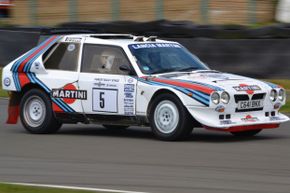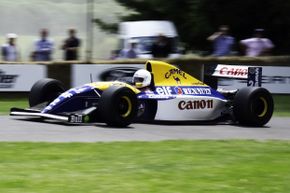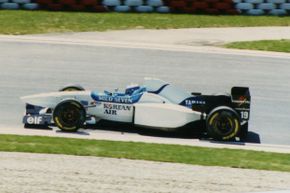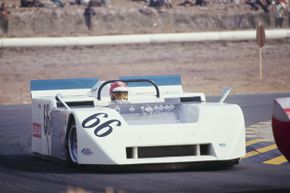When it comes to sports, it's important to adhere to the rules to ensure a level playing field. Cheating is frowned upon (unless you're the New England Patriots). However, there's often a thin line between cheating and a new or innovative way of doing things. Run right alongside that line, and you win. Cross it, and you can get banned from competing.
Banning certain race cars or types of race cars seems counterintuitive. After all, isn't the whole point of racing cars to see who can go the fastest? Innovative drivers and racing teams have always found ways to maximize speed as long as there have been car races. The problem is, those innovations don't always fall within the bounds of racing rules.
Advertisement
Cheating isn't the only reason to ban race cars, however. Certain types of cars or modifications have been banned due to safety concerns, either because they're just too fast to reliably control or because some of their features put other drivers at risk. Here are 10 race cars that have been hit with the ban hammer.
